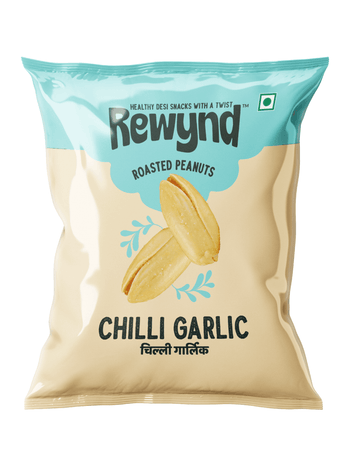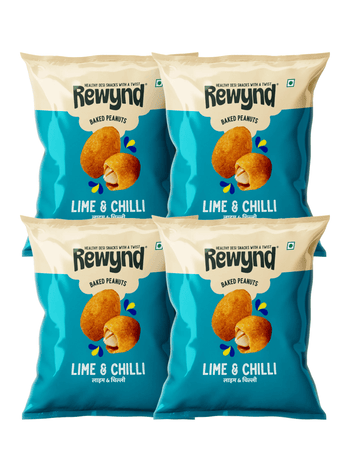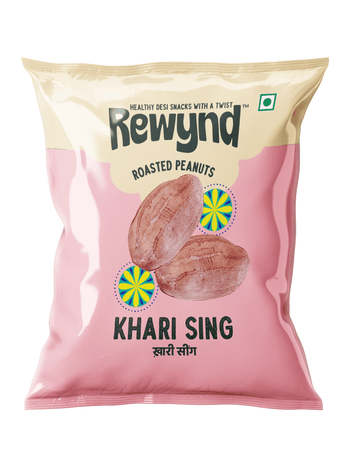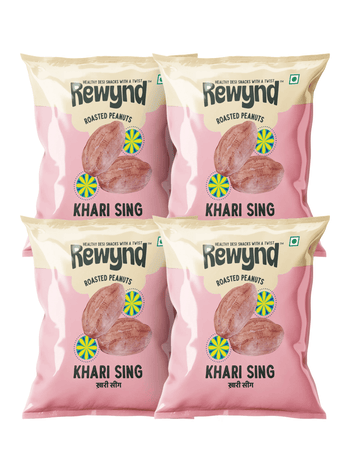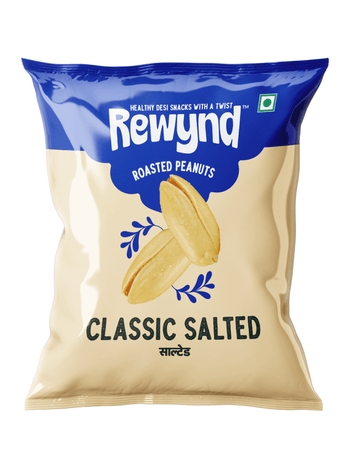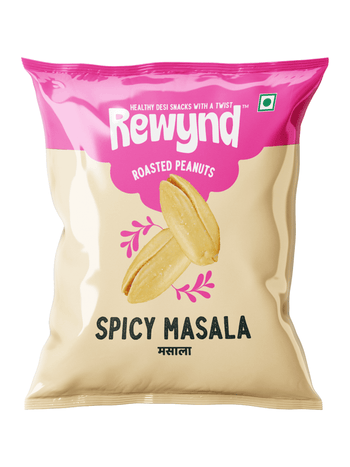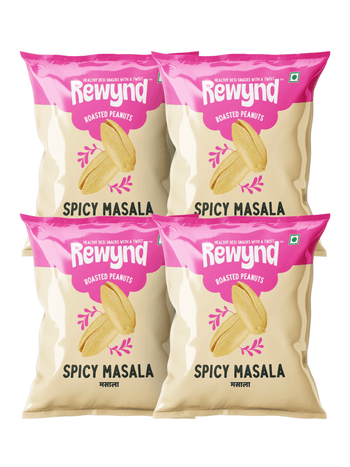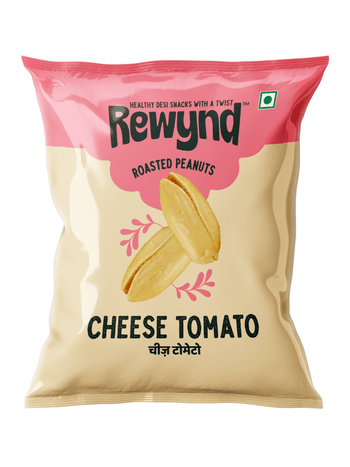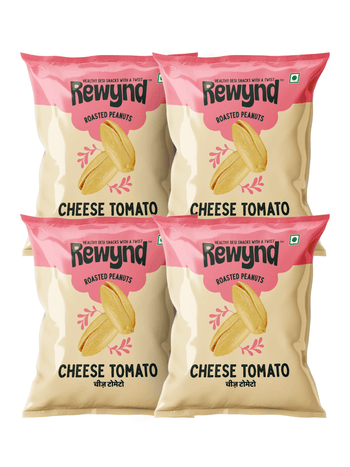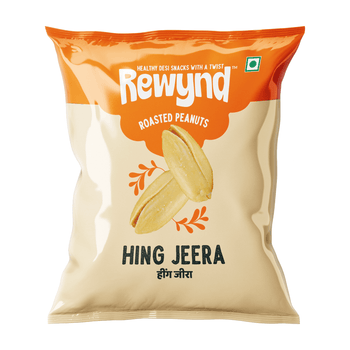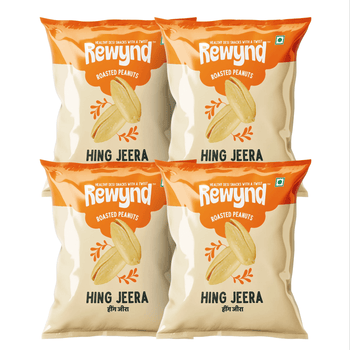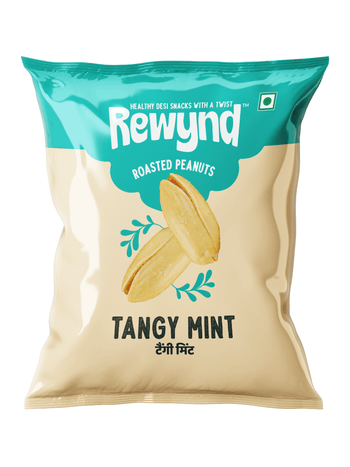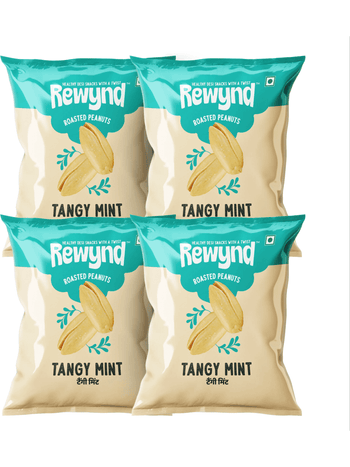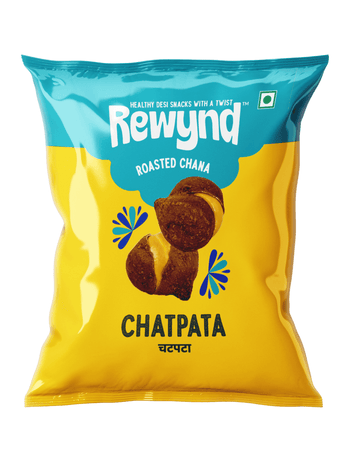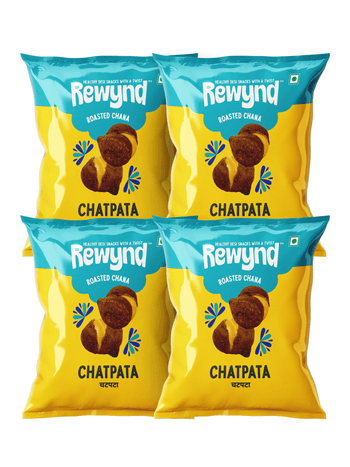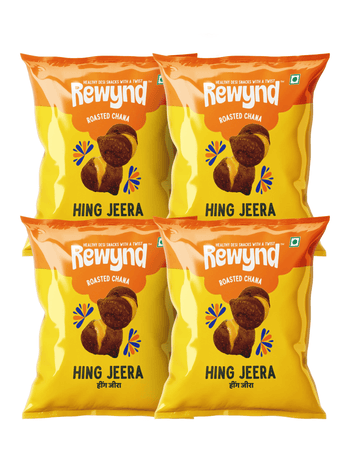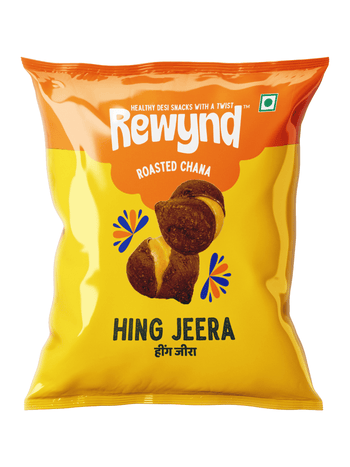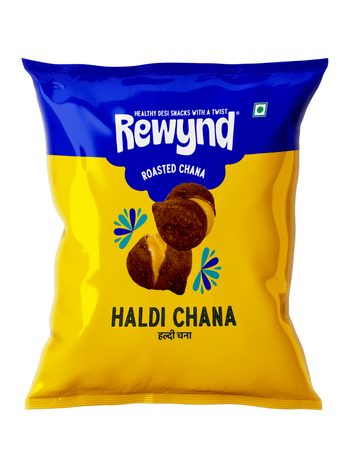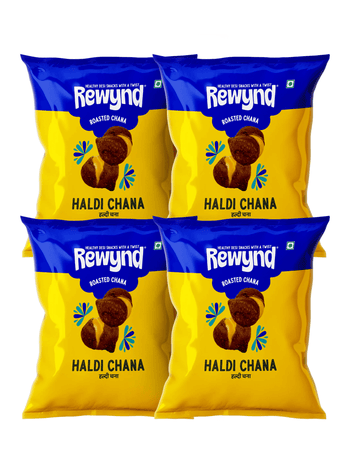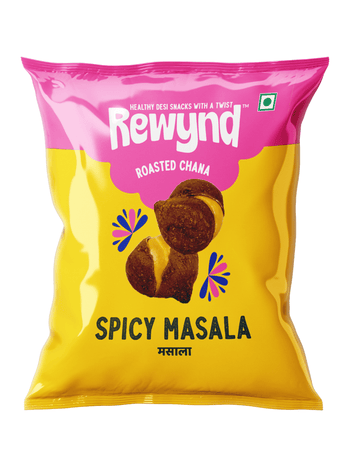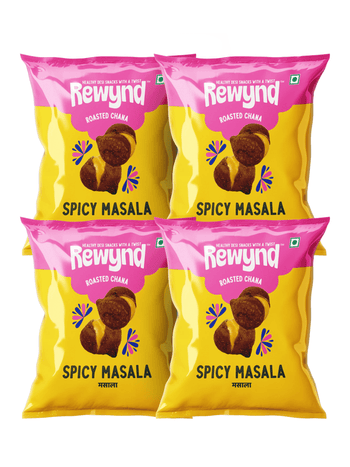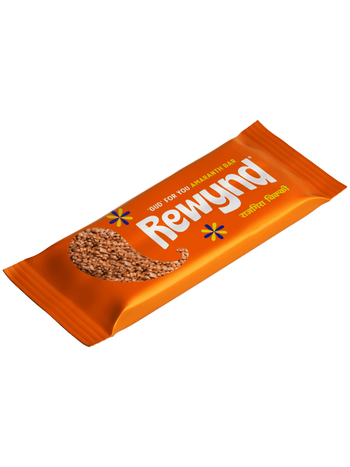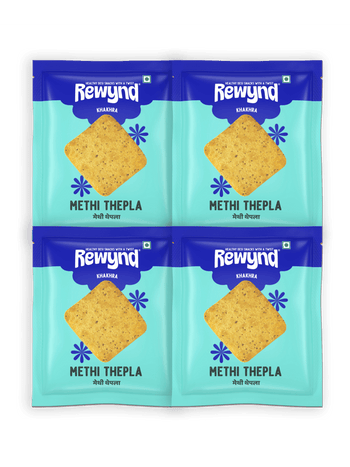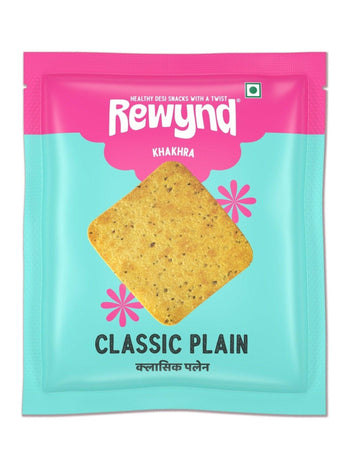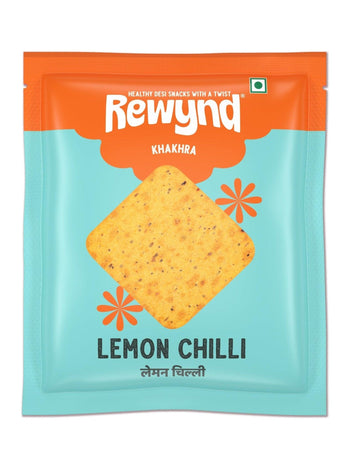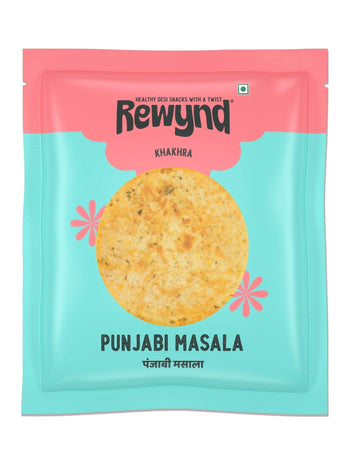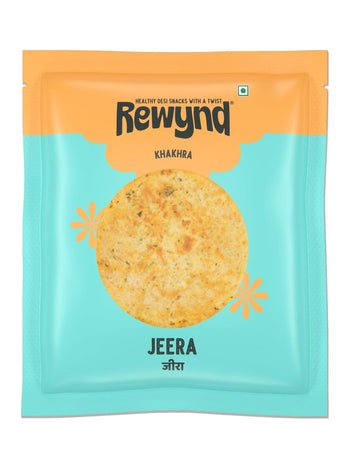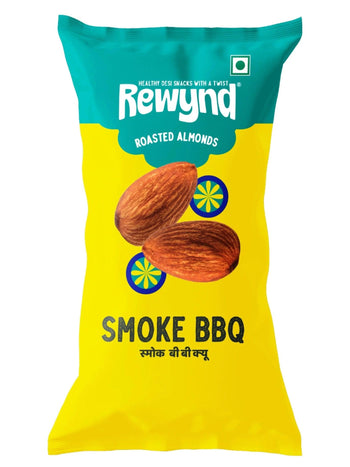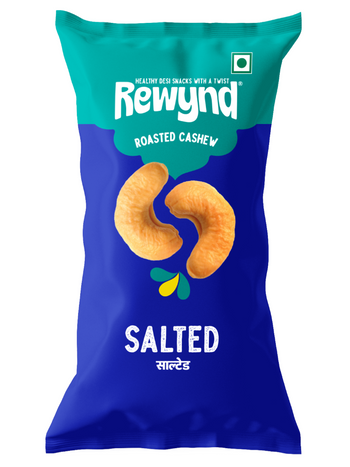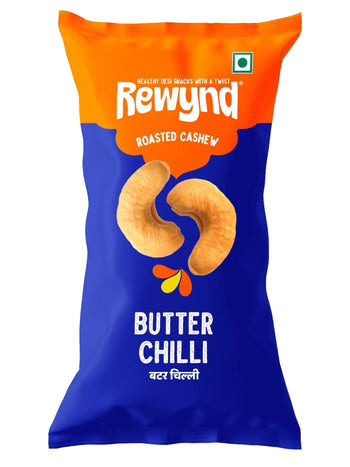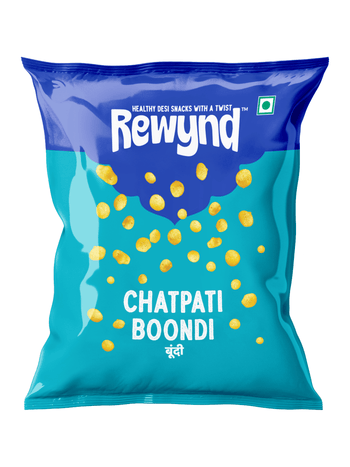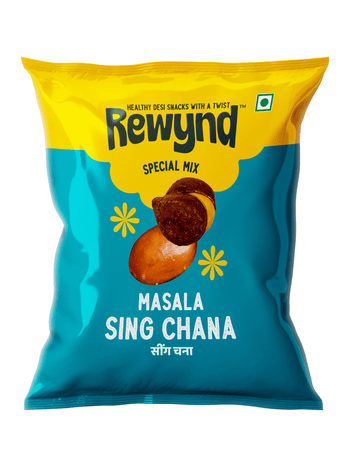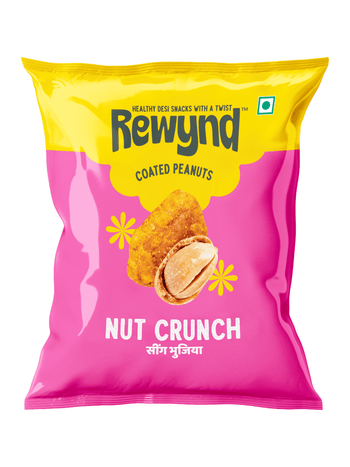Roasted gram, often called bhuna chana/Desi Chickpea (Bengal Gram) in many parts of India, is more than just a snack. It carries a rich history and cultural significance that spans across the country's diverse regions. From ancient times to modern kitchens, roasted grams have become a nutritious and beloved food item. This blog explores the various names of roasted grams across India, their historical significance, and how they have been woven into Indian cuisine and culture.
Regional Names and Culinary Traditions of Roasted Gram
Different names across India know roasted gram, each reflecting the regional culinary traditions and the unique ways this humble legume is enjoyed.
- Punjab & Haryana - Bhuna Chana: In the northern states, bhuna chana is a typical snack, enjoyed plain or with a sprinkle of spices. It is also a key ingredient in the famous street food chana jor garam.
- Maharashtra - Harbhara: Known as harbhara, roasted gram is often mixed with jaggery to create a sweet, energy-boosting snack. It is also eaten during fasting as a source of strength and nutrition.
- Gujarat - Phutana: In Gujarat, roasted gram is called phutana and is a staple in traditional snacks like chevdo, highlighting its role in daily life and religious practices.
- Tamil Nadu - Pottukadalai: In Tamil Nadu, pottukadalai is a roasted gram ground into flour for making snacks like murukku. It is also eaten as a simple, quick snack with jaggery.
- West Bengal—Chhola Bhaja: In West Bengal, it is a popular street snack, often paired with puffed rice and mustard oil. It reflects the region's love for simple yet flavorful snacks.
- Andhra Pradesh & Telangana - Sundalu: In these states, roasted gram is known as sundalu and is often mixed with coconut and jaggery, particularly during the harvest festival of Sankranti.
Historical Roots and Regional Variations of Roasted Gram
The history of roasted gram dates back thousands of years. Archaeological findings suggest that chickpeas, from which roasted gram is made, were cultivated as early as 7,000 years ago in the Indian subcontinent. The roasting gram likely originated to preserve the legume while enhancing its flavour and digestibility.
Over time, different regions of India adapted roasted grams to their local tastes and traditions. In the northern plains, it became a snack for farmers and labourers, providing a quick energy source during long workdays. In the coastal regions of Tamil Nadu and Andhra Pradesh, roasted gram was incorporated into religious offerings and festive recipes, reflecting its integration into the people's cultural and spiritual life.
The Staple Role of Roasted Gram in Indian Cuisine
Roasted gram has earned its place as a staple in Indian cuisine, not only because of its nutritional benefits but also due to its versatility. It can be eaten on its own, ground into flour, or mixed with other ingredients to create various dishes. This adaptability has made roasted gram a go-to food item across the country.
The widespread use of roasted gram in diverse ways underscores its importance in Indian cuisine.
Incorporation of Roasted Gram into Diverse Indian Diets
Roasted gram is deeply embedded in the diets of various communities across India. Its high protein content makes it a valuable food source in vegetarian diets, particularly in regions with minimal meat consumption.
In Maharashtra, harbhara is consumed during religious fasts, providing the necessary nutrients to sustain energy levels. In rural Punjab and Haryana, bhuna chana is a typical snack among farmers. This widespread use of roasted gram highlights its role in meeting the dietary needs of diverse communities, from urban dwellers to rural populations.
Nutritional and Cultural Significance of Roasted Gram
Roasted gram is celebrated not just for its taste but also for its health benefits. It is rich in protein, dietary fiber, and essential vitamins and minerals. These nutritional qualities make it a superfood, particularly in a country like India, where a large portion of the population relies on plant-based diets.
Culturally, roasted gram is significant as it is often associated with festivals and religious rituals. For example, during Makar Sankranti in Andhra Pradesh, sundalu (roasted gram mixed with coconut and jaggery) is offered to deities and shared among family members. Such practices underscore the importance of roasted gram in India's cultural and spiritual life.
Appreciating India’s Culinary Diversity Through Roasted Gram
Understanding the regional differences in the names, uses, and significance of roasted gram offers a glimpse into India’s vast culinary diversity. Each state has its way of incorporating this humble legume into their diet, whether as a simple snack or as part of a grand festive meal. By exploring the role of roasted gram in different regions, we can better appreciate the rich tapestry of India’s culinary heritage.
Conclusion
Roasted gram is more than just a snack; it reflects India’s cultural diversity and culinary ingenuity. From its ancient origins to its modern-day popularity, roasted gram has remained a staple nationwide, beloved for its taste, versatility, and health benefits. As we continue to enjoy this crunchy delight, we also celebrate the rich history and traditions that have made roasted gram an integral part of India’s food culture.
And remember, whether you call it bhuna chana, pottukadalai, or phutana, it’s all about enjoying the crunchy goodness of roasted gram, one handful at a time!



